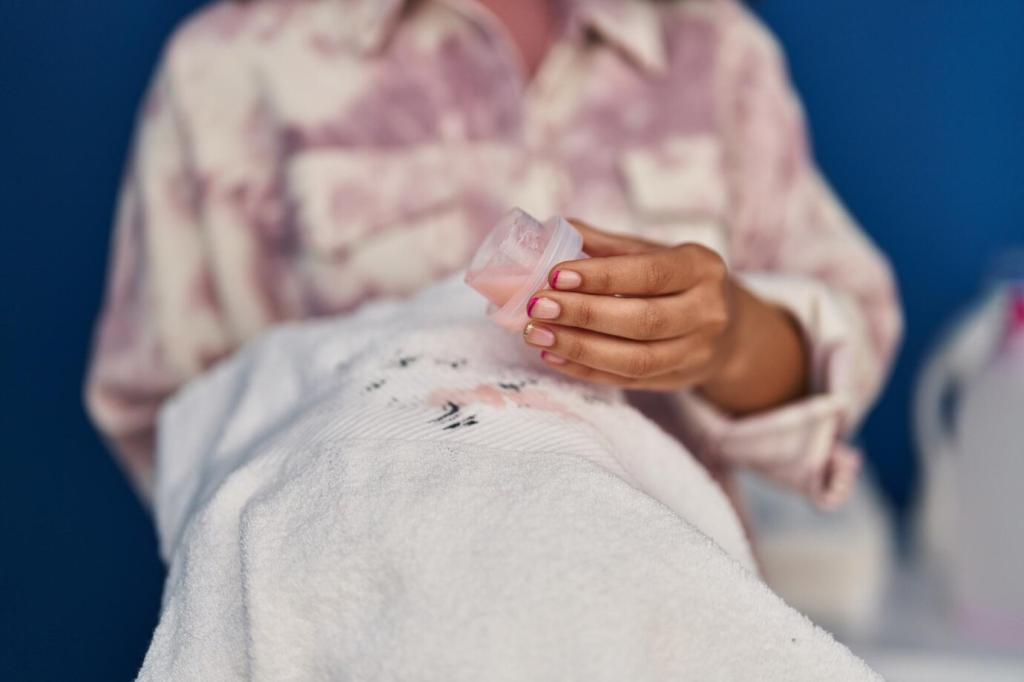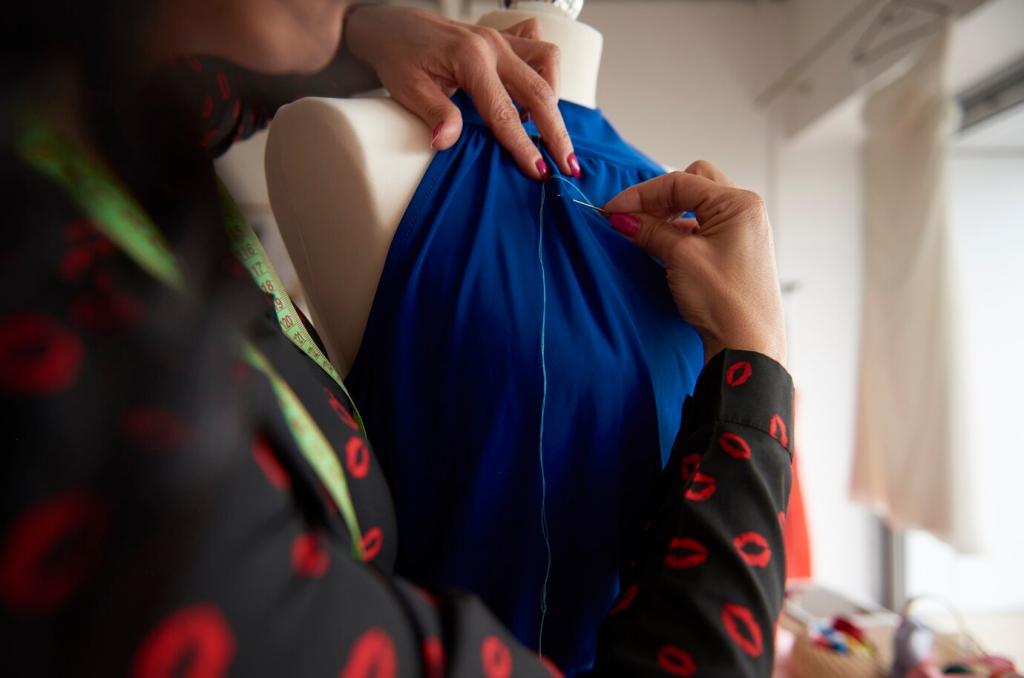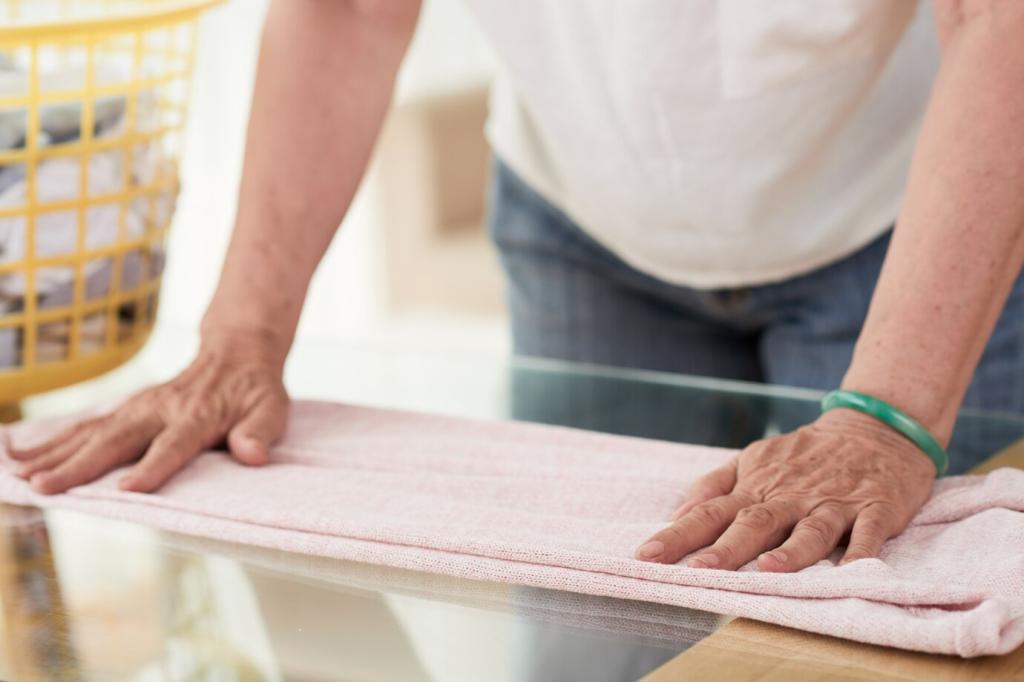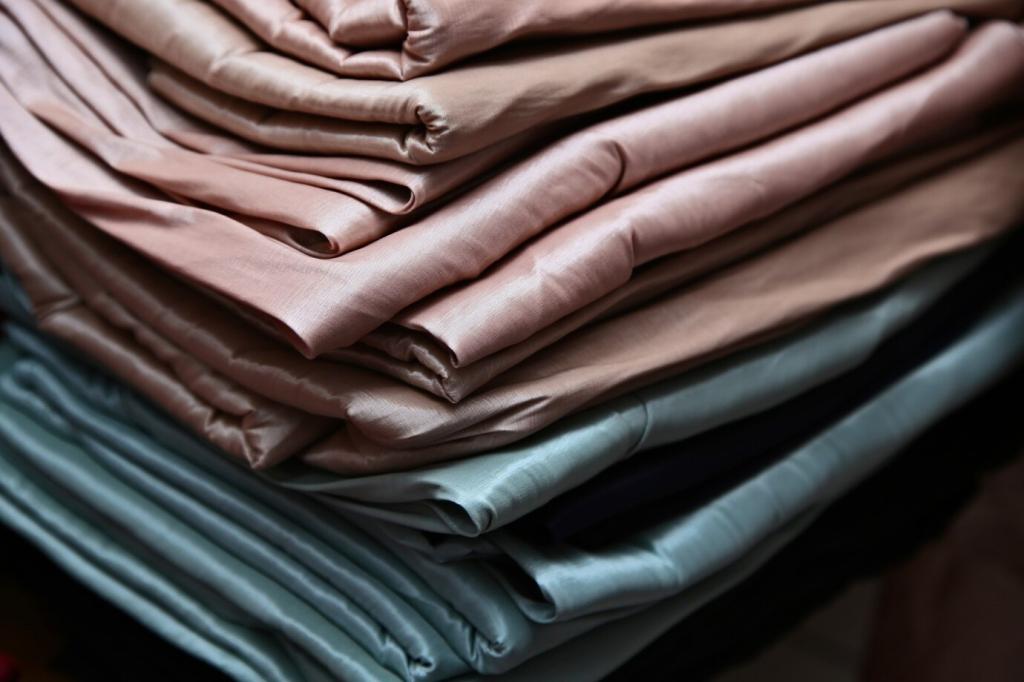Chosen theme: How to Identify Real Silk Bedding. Step into a world of gentle sheen, breathable comfort, and honest craftsmanship as we reveal friendly, reliable ways to recognize genuine silk—before you bring it home. Join the conversation, share your finds, and subscribe for smart, practical tips that make every night smoother.
Understand Silk at Its Source

Mulberry Silk, Grades, and Momme
Most authentic bedding uses mulberry silk, prized for long, continuous filaments that feel buttery and strong. Look for grades like 6A, indicating top-quality strands, and momme weight—typically 19, 22, or 25—for a durable, opaque drape. These numbers aren’t marketing fluff; they are measurable specs that help you identify the real thing with confidence.

The Signature Luster and Drape
Silk’s glow comes from its triangular fiber structure that refracts light, creating a soft, shifting luster rather than a glassy glare. When you move real silk under a lamp, the sheen subtly travels, never looking overly shiny or plasticky. The fabric falls in fluid waves and hugs contours with ease, a tactile cue many shoppers learn to trust.

Labels That Tell the Truth
Honest labels will state “100% mulberry silk” and list the momme weight and weave, such as charmeuse. Vague phrases like “silky,” “satin,” or “silk feel” are red flags. If a tag says “polyester” anywhere in the fiber content, it is not real silk bedding. Ask sellers for specifics and share their answers with our community for collective wisdom.

Touch, Temperature, and Handfeel
Real silk feels cool to the touch at first, then gently warms with your skin. It is smooth yet never slippery, dry but not papery, and luxurious without a waxy film. Polyester often warms too quickly and can feel slightly sticky or overly slick. Try it yourself and tell us what your fingertips discovered.

The Quiet Rustle Test
When you softly rub silk, you hear a delicate, almost whispering rustle—some call it a gentle “shhh.” Synthetic satins tend to crinkle more sharply. A reader once wrote that this hushed sound became her favorite clue after a market vendor tried to upsell shiny polyester. Share your rustle-test stories in the comments.

Scrunch, Release, Observe
Lightly scrunch a discreet corner, then release. Real silk may show faint, fleeting creases that relax quickly, while polyester often pops back almost too perfectly. Cotton holds creases longer. It’s a small experiment that reveals how the fabric behaves under pressure. If you try it today, tell us what you saw and felt.
Look Closer: Visual and Construction Clues
Luster That Moves with the Light
Tilt the fabric and watch the sheen travel like moonlight across water. Real silk’s glow appears deep and dimensional, never mirror-bright or plastic. Colors seem rich yet natural, with a gentle shift in tone at different angles. This lively, nuanced luster is a hallmark; if it looks harsh or flat, think twice.
Weave, Seams, and Thread Quality
Charmeuse silk often has a shiny face and a softer matte back, with tight, even weaves and neat seams that lie flat. High-quality bedding shows consistent stitching, smooth hems, and minimal puckering. While threads can vary, an overall refined construction signals care and authenticity. Snap a close-up photo and ask our readers for a second opinion.
Color Saturation and Dye Behavior
Silk takes dye beautifully, yielding saturated hues with a soft inner glow. Colors feel layered rather than painted on. Prints appear crisp but not overly glossy. If you notice harsh shine over strong color, or a brittle look at creases, it may be synthetic. Share your color comparisons to help others learn the difference.

Burn Test, Only if Safe
Snip a single, hidden thread. Real silk smells like burning hair, leaves a delicate, crushable ash, and does not form a hard bead. Polyester melts, hardens into a bead, and smells acrid. Perform this carefully over a nonflammable surface, away from drafts, and only if you can do it safely. Report your results responsibly.

Water Drop and Wicking
Place a tiny droplet on a concealed area. Real silk gradually absorbs, creating a soft, expanding halo that dries clean if handled gently. Polyester often beads and rolls away. Use minimal water to avoid marks, and allow the spot to dry naturally. If you try this, share drying time and appearance to guide fellow readers.
Reading Between the Lines: Labels and Proof
Look for “100% mulberry silk” clearly printed. Terms like “silk blend,” “microfiber satin,” or “synthetic satin” reveal non-silk content. “Silk satin” is valid only if the fiber is actually silk; confirm the percentage. If details are missing, ask direct questions and request written confirmation. Post the label text to crowd-check together.
Reading Between the Lines: Labels and Proof
Common bedding weights are 19, 22, and 25 momme. Grades like A to 6A indicate filament quality. Certifications such as OEKO-TEX Standard 100 focus on harmful substances, not authenticity, but reputable sellers often provide them. In some regions, programs like Silk Mark verify natural silk. Ask for documents and share screenshots for feedback.


Care Clues: How Real Silk Behaves Over Time
Washing, Drying, and Sheen Retention
Washed gently, real silk stays supple, keeps a mellow luster, and feels even softer over time. Harsh heat can dull any fabric, but silk generally recovers best with thoughtful care. Polyester may keep shine yet feel stiffer. Follow care labels, then tell us how your bedding responded after a month of regular use.
Pilling, Snags, and Everyday Wear
High-quality, long-filament silk resists pilling better than many synthetics, though it can snag on rough nails or jewelry. Polyester often pills under friction and can fuzz at high-wear points. Inspect pillowcase edges and fitted-sheet corners after a few weeks. Share photos and notes so we can troubleshoot together.
Sleep Climate and Seasonal Comfort
Silk breathes, wicks gently, and helps regulate temperature, feeling cool when warm and comfortably warm when cool. Many readers report fewer night sweats and calmer skin. If your bedding feels clammy or overly hot, it may be synthetic. Track your sleep comfort for a week and report back—your insights help everyone buy smarter.
Join our mailing list
